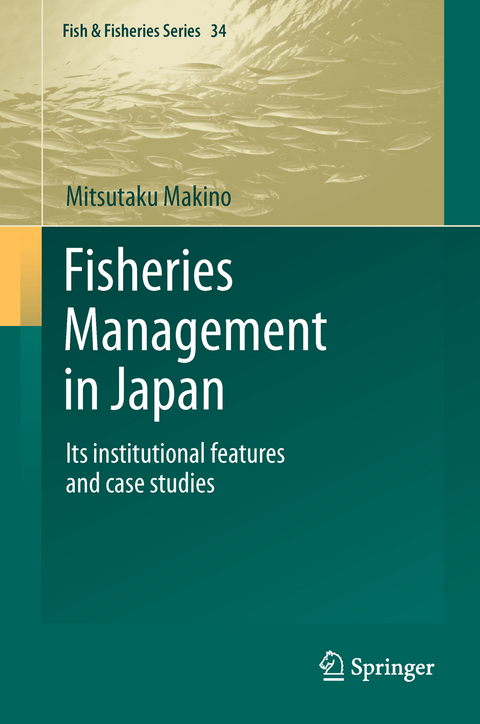
Fisheries Management in Japan
Its institutional features and case studies
Seiten
2013
Springer (Verlag)
978-94-007-3816-4 (ISBN)
Springer (Verlag)
978-94-007-3816-4 (ISBN)
Japan is one of the world’s largest fish-eating countries with a long history, and has developed its own customs and values in terms of managing fisheries resources. The first half of this book introduces the history and institutional features of capture fisheries management in Japan, with 9 case studies from sub-arctic to tropical ecosystems, from sedentary to migratory species, and from small-scale coastal to offshore industrial fisheries. For example, coastal fisheries management is more community-based, and local people have the authority and take priority in the decision-making process. In contrast, offshore fisheries are more industrialized and commercially oriented, and the national government plays a major role in their management. One of the main challenges in world fisheries is to implement the ecosystem approach, but there is no one-size-fits-all solution for its implementation.
The second half of this book considers the advantages and limitations of the Japanese fisheries management regime and discusses the necessary environmental policy measures to bridge the gaps between fisheries management and ecosystem-based management. As a case study, management measures in the Shiretoko World Natural Heritage area are analyzed. In closing, the Grand Plan of Japanese fisheries policy for the next 20 years and three future scenarios are presented.
The second half of this book considers the advantages and limitations of the Japanese fisheries management regime and discusses the necessary environmental policy measures to bridge the gaps between fisheries management and ecosystem-based management. As a case study, management measures in the Shiretoko World Natural Heritage area are analyzed. In closing, the Grand Plan of Japanese fisheries policy for the next 20 years and three future scenarios are presented.
Introduction,-
A brief institutional history of Japanese fisheries management,-
Japanese fisheries today,-
Fisheries management in coastal areas,-
Fisheries management in offshore areas,-
Institutional relationships between Japanese fisheries management and ecosystem-based management,-
Marine Protected Areas,-
The UNESCO World Natural Heritage List and local fisheries,-
Comprehensive management and future scenarios for Japanese fisheries,-
Concluding discussions.
| Reihe/Serie | Fish & Fisheries Series ; 34 |
|---|---|
| Zusatzinfo | XVI, 200 p. |
| Verlagsort | Dordrecht |
| Sprache | englisch |
| Maße | 155 x 235 mm |
| Themenwelt | Naturwissenschaften ► Biologie ► Limnologie / Meeresbiologie |
| Naturwissenschaften ► Biologie ► Ökologie / Naturschutz | |
| Sozialwissenschaften ► Soziologie | |
| Weitere Fachgebiete ► Land- / Forstwirtschaft / Fischerei | |
| Schlagworte | Ecosystem approach • Fisheries Management • Japan • Resource Management |
| ISBN-10 | 94-007-3816-1 / 9400738161 |
| ISBN-13 | 978-94-007-3816-4 / 9789400738164 |
| Zustand | Neuware |
| Haben Sie eine Frage zum Produkt? |
Mehr entdecken
aus dem Bereich
aus dem Bereich
Naturerfahrungen zwischen Quelle, See und Wildfluss
Buch | Hardcover (2024)
Verlag Anton Pustet Salzburg
CHF 41,95
Buch | Hardcover (2022)
National Geographic Deutschland (Verlag)
CHF 55,95


